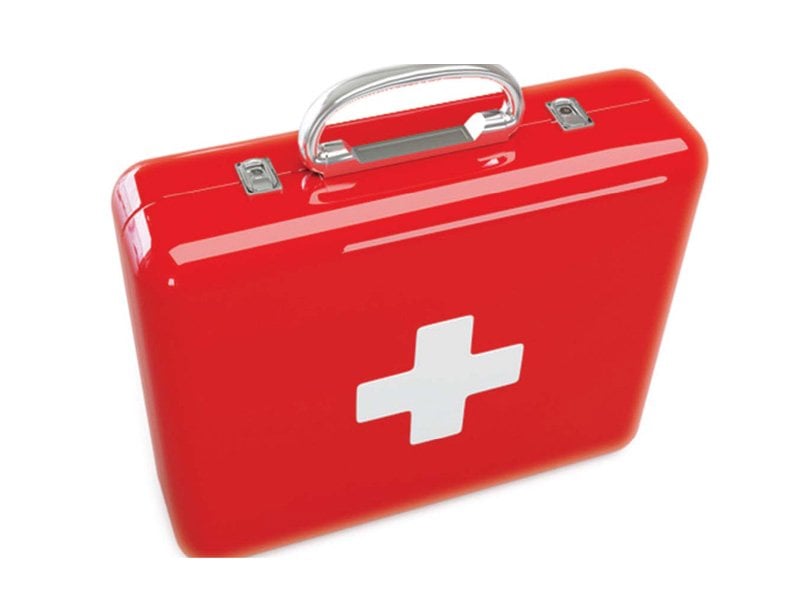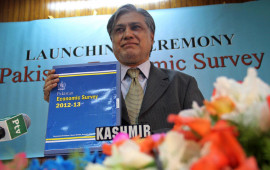
ISLAMABAD:
Despite an increase in health expenditure from 0.27 per cent of Gross Domestic Product (GDP) in 2011-12 to 0.35 per cent in 2012-13, the needs of the health sector were not satiated, revealed the Pakistan Economic Survey 2012-13.
According to the survey launched on Tuesday, the effective utilisation of funds remained a substantial problem during the financial year 2012-13.
Pakistan is ranked sixth among the 22 high disease-burden countries of the world where communicable diseases still take a heavy toll. The dismal health conditions are likely to rise with rapid urbanisation, food insecurity, poor dietary habits, environmental dangers, lack of access to safe drinking water and illiteracy, stated the survey.

Progress on Millennium Development Goals (MDGs) targets
In line with the MDGs for 2015, the infant mortality rate has to be brought down from present 59 deaths per 1,000 live births to 40, the under-five mortality rate from 72 deaths per 1,000 live births to 52 and the maternal mortality rate from 260 deaths per 100,000 live births to 140.

SOURCE: FINANCE DIVISION (PF WING)
Health development in Pakistan is low as compared to other South Asian countries and the reason behind this retarded progress is having the region’s highest population growth rate, the survey informed.
Health facilities and achievements during 12-13
The number of registered doctors has increased in the last year from 152,188 to 160,289, whereas the number of dentists and nurses have increased from 11,584 to 12,544 and 77,683 to 82,119 respectively.
The current ratio of population density versus health facilities is 1,127 people to one doctor, 14,406 people per dentist and an availability of one hospital bed for 1,786 people.
“Despite substantial growth in the number of health institutes, facilities and services, the desired health outcomes could not be achieved due to rapid population growth,” stated the survey.

SOURCE: PLANNING COMMISSION OF PAKISTAN
Preventive programme
Under the preventive programme for 2012-13, around eight million children were to be targeted but only six million were successfully immunised.
Health programmes
The survey revealed that out of Rs20.5 billion provided in the federal PSDP 2012-13, only Rs12 billion were utilitsed by the end of March this year.
“Although the allocation for healthcare substantially increased, it is not commensurate with the needs of the sector,” said the survey.
Governance and monitoring issues at the district level were also highlighted with regards to family planning and primary healthcare programmes, along with immunisation issues in far-reaching areas including the Federally Administered Tribal Areas and Balochistan.

Food and nutrition
The increased food cost was stated to have an impact on the nutrition status and impeded progress towards the MDG target.
According to the survey, the cost of the minimum food basket kept fluctuating from last year, however, a cumulative increase of around three per cent from Rs1,875 to Rs1,928 was noted.
Published in The Express Tribune, June 12th, 2013.
COMMENTS (1)
Comments are moderated and generally will be posted if they are on-topic and not abusive.
For more information, please see our Comments FAQ




































































Religion based deliberate neglect of family planning norms is the root couse of many problems of Pakistan today . In India too the muslim community is creating a comptition with the people at grass root level as a result the family planning programme is not getting due success .